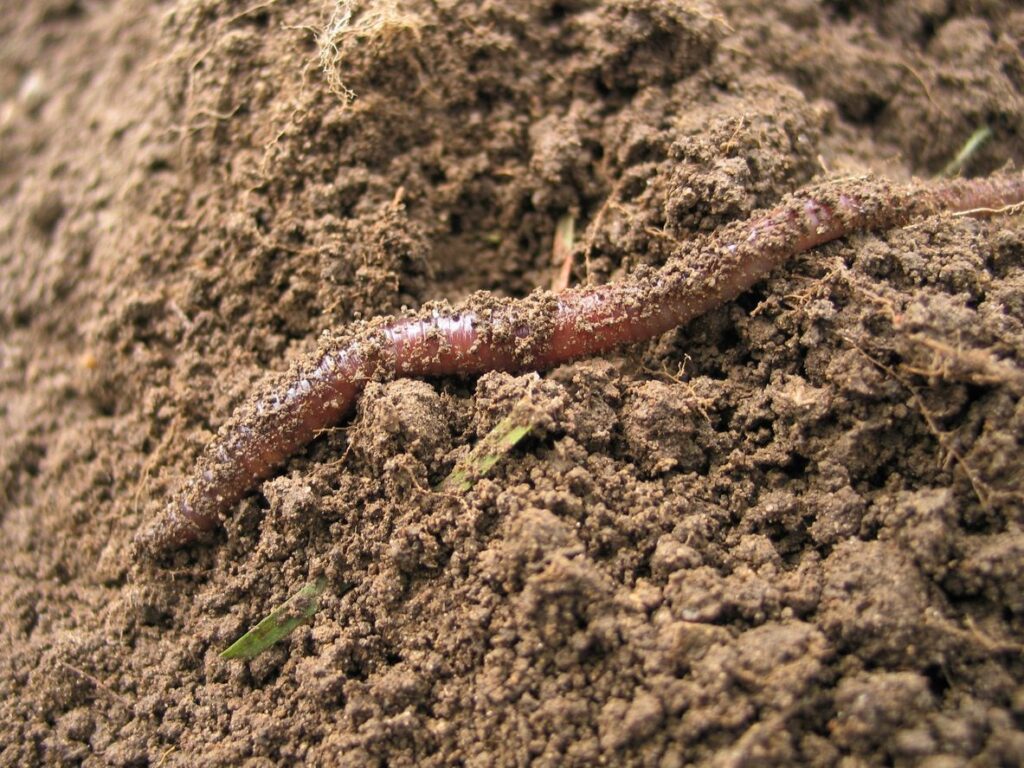What is Soil Aeration?
Soil aeration is a vital aspect of maintaining soil and plant health. It affects the amount of oxygen available to plant root systems and microorganisms living in the soil. Improving soil aeration can significantly impact plant growth and the overall productivity of agroecosystems.

Factors Influencing Soil Aeration
- Soil Structure Loose, well-drained soils with high organic matter content provide better aeration. Clayey or loamy soils with dense structures can hinder gas exchange.
- Soil Moisture Excessive moisture can block soil pores, limiting oxygen access. Insufficient moisture can also reduce aeration due to soil compaction.
- Soil Temperature High temperatures can accelerate metabolic processes of soil microorganisms, increasing oxygen consumption.
- Biological Activity The activity of soil microorganisms and plant roots promotes aeration by consuming oxygen and releasing carbon dioxide.
Measures to Improve Soil Aeration
- Tillage and Loosening of the Soil Regular tillage helps keep the soil loose and ensures better gas exchange.
- Adding Organic Materials Incorporating compost or other organic materials improves soil structure and increases its porosity.
- Moisture Control Ensuring proper drainage and using irrigation systems can help regulate soil moisture levels.
- Using Cover Crops Planting cover crops can help improve soil structure and provide additional organic matter for microorganisms.
Importance of Soil Aeration
- Enhanced Plant Productivity Better aeration facilitates more efficient root respiration and nutrient uptake.
- Soil Health Good aeration provides optimal conditions for soil biological diversity, which is crucial for soil fertility and disease resistance.
Methods of Soil Aeration
Several methods are employed to achieve effective soil aeration:
- Mechanical Aeration: Utilizing tools such as spikers, pluggers, and slitters to create small holes or channels in the soil. Mandako’s Cover Crop Crimper is an excellent tool for this purpose, as it helps manage crop residues while improving soil structure and aeration.
Practical Example
A farm experiencing reduced crop yields due to soil compaction can implement mechanical aeration using Mandako’s Cover Crop Crimper. By breaking up the compacted layers and managing crop residues, the farm can improve root penetration, water infiltration, and overall soil health, leading to better crop performance and increased yields.
